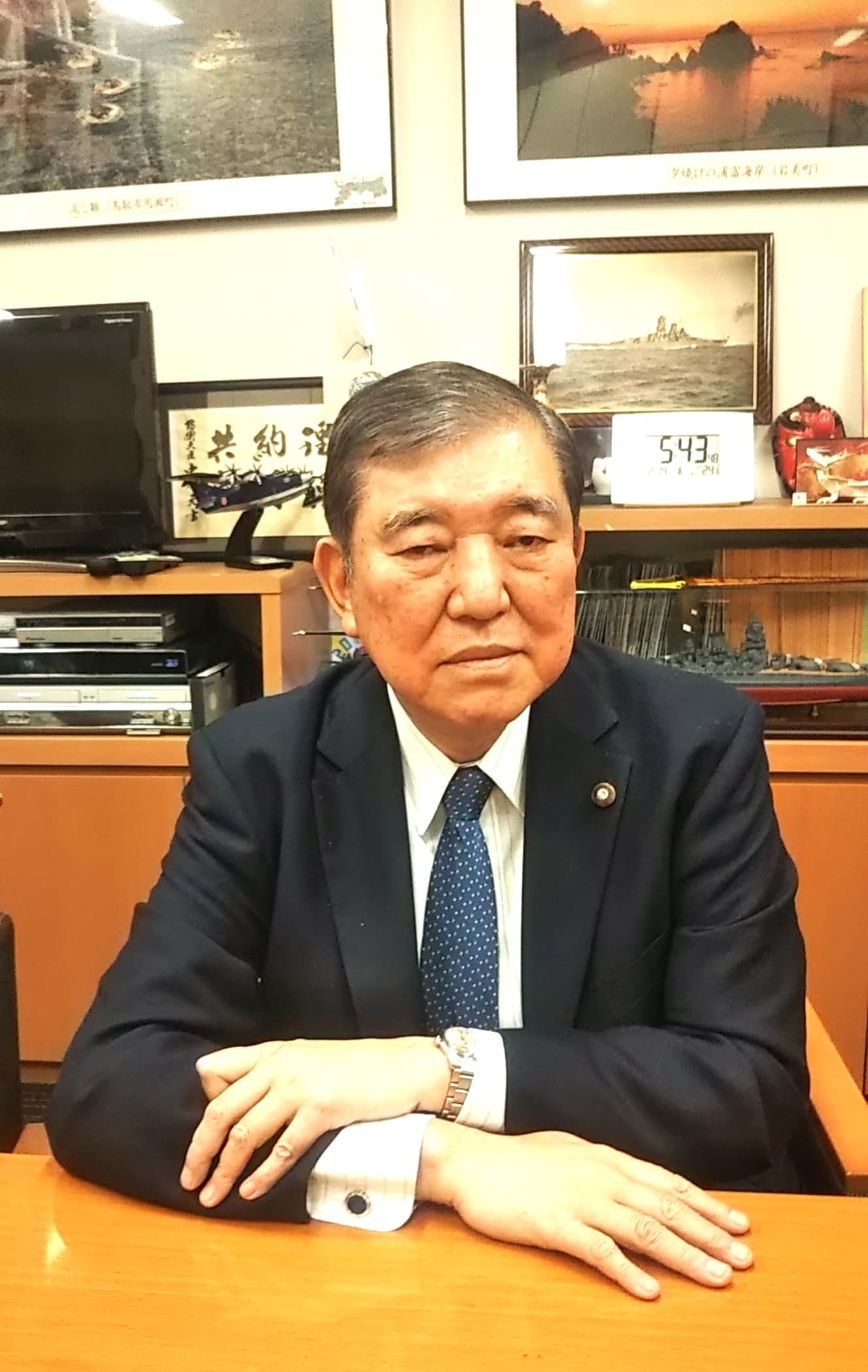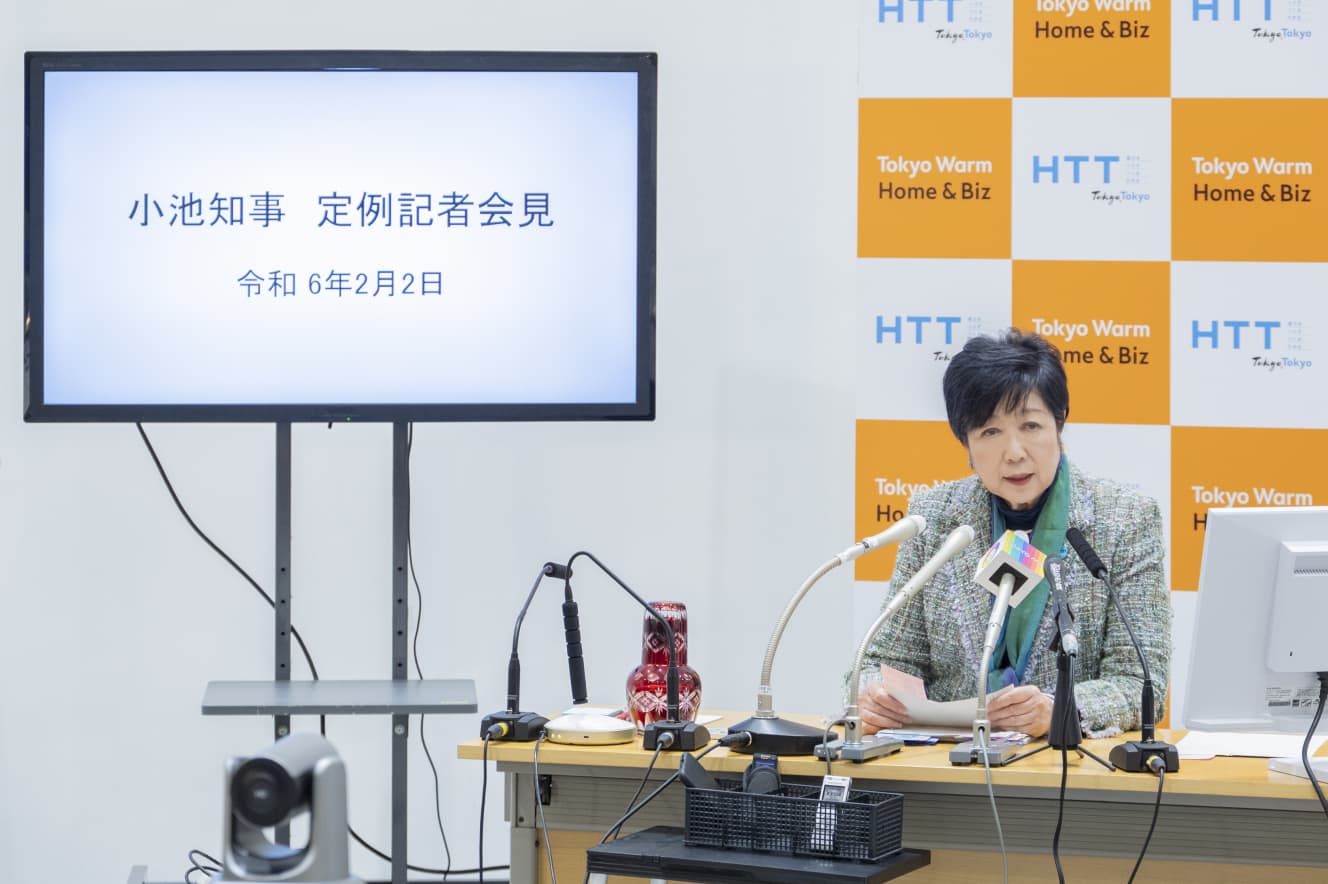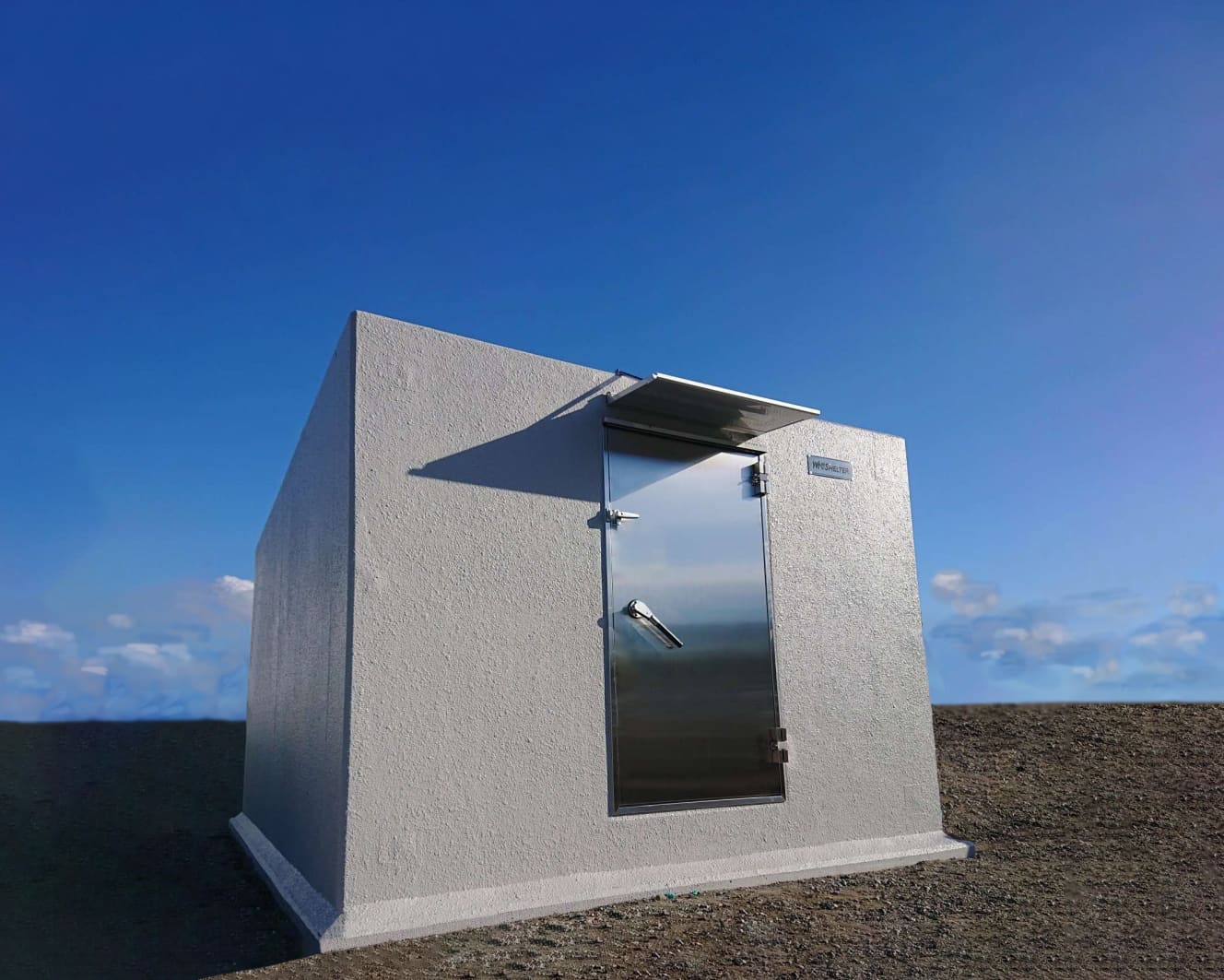Japan Falls Short of World Standards in Shelter Development, Calls for Ministry of Disaster Prevention

Amidst the clandestine funds issue surrounding political fundraising parties, distrust towards the Liberal Democratic Party (LDP) government is growing.
According to opinion polls conducted by major newspapers such as the Mainichi Shimbun, support for the Kishida administration has finally dropped below 20%. This marks the lowest figure since the party returned to power in 2012. Amidst the LDP’s turbulence, one politician stands out as the top choice for the next prime minister: Shigeru Ishiba, a former Defense Minister and current member of the Diet at the age of 67.
Ishiba has been advocating for policies for the past 20 years, and progress has been made. In a press conference on January 26th, Tokyo Governor Yuriko Koike announced plans to establish shelters in the Azabu-Juban station of the Tokyo Metropolitan Subway to prepare for the possibility of missile attacks.
Japan’s shelter penetration rate is only 0.02%. Comparatively, Switzerland and Israel stand at 100%, Norway at 98%, the United States at 85%, Russia at 78%, and the United Kingdom at 67%, making Japan’s penetration rate significantly low. According to data from the Japan Nuclear Shelter Association, shelters are mainly purchased for household use by wealthy individuals. Ishiba notes that “even within Japan’s national core institutions, there are no facilities explicitly intended as nuclear shelters.”

We asked the man who is being touted as the next prime minister about the idea of shelters in Japan.
“It seems that there are still no concrete plans in place. I have been advocating for the installation of nuclear shelters nationwide and have been insisting to relevant ministries for about five years now that ‘we should investigate shelters from around the world.’ Although some investigation was conducted within the Cabinet Secretariat, no progress was made in the discussions, and no concrete vision emerged.”
According to Ishiba, Japan’s current situation regarding refuge facilities for earthquakes, large-scale fires, and floods is extremely poor compared to other advanced countries.
“The shelter system hasn’t changed much since the Great Kanto Earthquake. ‘Sleeping in gymnasiums’ is something only Japan, among advanced countries, does. When the Noto Peninsula earthquake occurred, I looked into foreign shelters again. For example, Italy, one of the earthquake-prone countries in Europe, established the Civil Protection Department under the Prime Minister’s Office in 1992 to predict, prevent, and manage emergencies. In the event of an earthquake, this department issues directives, and within 48 hours, container-type toilets, temporary tents, kitchen cars, and makeshift beds are delivered to shelters.
Under the belief that ‘people whose homes collapse and families perish, and whose jobs are uncertain, should receive maximum support from the state and regain hope as soon as possible,’ warm and delicious meals, tents that maintain privacy, and comfortable makeshift beds are promptly provided. The right to ‘a healthy and cultural life’ is guaranteed by the constitution to Japanese citizens, and it is the government’s responsibility to fulfill that obligation.”
Why is Japan’s national protection lagging behind that of foreign countries?
“The discussion about shelters and evacuation facilities prepared for earthquakes is similar. We should learn from the reflection on the Air Defense Law, which was promulgated during wartime. The Air Defense Law stated that ‘if there is an air raid, civilians should extinguish fires and should not hide underground.’ After the war, the United States, questioning the high number of civilian casualties in Japan, conducted an investigation and found that this Air Defense Law was one of the causes. Are we unconsciously inheriting the societal mindset that allowed such laws to pass without question in Japan? Have we not forgotten that citizens are paramount to the nation? That’s the point.”
As a strategy to effectively realize civil protection, Ishiba discussed the necessity of establishing a “Ministry of Disaster Prevention.”
“The discussion about shelters is similar, but I believe that we should establish a new Ministry of Disaster Prevention and allocate national budget to shelters and evacuation facilities. Without having it as an independent ministry, stable budget allocation and the continuity and accumulation of policies and knowledge would be difficult.”
A major event that is likely to increase the presence of the Ministry of Disaster Prevention will take place this fall—the U.S. presidential election. Ishiba believes that “if things continue as they are, Trump will be re-elected.”
“If former President Trump is re-elected, he may aim to become a strong president like former President Jackson (1829-1837, the 7th President of the United States).”
Both former President Trump and former President Jackson are populist figures who espoused anti-elite sentiments. Former President Trump often likened himself to former President Jackson and reportedly hung a portrait of him in the Oval Office.
“However, during the previous Trump administration, there were many pragmatic advisers who managed to reconcile President Trump’s ideas with realistic policies. If he is re-elected this time, I don’t know what will happen. I can’t predict at all what choices he will make regarding Gaza or Ukraine. As for the policy towards Japan, President Trump’s direction of ‘asking allied countries to bear more burdens’ is likely to remain unchanged. Perhaps we should reconsider whether the Japan-U.S. security treaty and the Japan-U.S. security system, as they currently stand, are sustainable, taking advantage of this opportunity.”

For the embattled Kishida administration, does there exist a shelter? Will it be an early dissolution of the Diet and a general election? To the author’s question, Ishiba continued:
“I don’t know if there will be or should be a dissolution of the Diet. As for the ‘shelter’ for the Kishida administration, I can’t think of one, but there may be a reset.
During the ‘Black Mist Incident,’ the LDP won by asking the nation for trust. However, currently, the LDP cannot win in a general election if it moves forward with a dissolution in this manner. We should exert our maximum self-purification capability.
We need to start discussions urgently on the party law, which sets out the party platform, rules for party leadership elections, decision-making processes, the number of party branches, clarification of the use of party subsidies, and methods for selecting candidates in various levels of elections. We need to clearly show the nation, ‘This is how the LDP will change.'”
In 1966, a series of scandals known as the “Black Mist Incident” occurred in the political arena, with multiple LDP members being arrested, and the opposition demanded an investigation and early dissolution of the Diet. At that time, Prime Minister Eisaku Sato proposed a party leaders’ meeting to the opposition and announced the dissolution of the House of Representatives on December 27th (known as the “Black Mist Dissolution”). In the following year, in the 31st general election for the House of Representatives held in January, although the number of LDP seats decreased by about 6, they unexpectedly fought well, maintained a stable majority, and the second Sato cabinet was formed.
The Sato cabinet at the time succeeded because it listened to the will of the people, but Kishida, who has been appealing for the ability to listen, now finds himself on the brink. Can he truly grasp the will of the people?
Photographed and written by: Yuria Fukatsuki
Yuria Fukatsuki graduated from the Department of Political Science, Faculty of Law, Keio University. Representative of the Fukatsuki Office. She writes for numerous media and also works as an actress, model, belly dancer, and FM radio personality. She is also actively involved in animal welfare activities and produced her own TV program "Animal Welfare, Living in Harmony with the Earth" for TV Kanagawa.
Photo: Courtesy of Tokyo Metropolitan Government (Governor Koike) Courtesy of WorldNet International (Shelter)